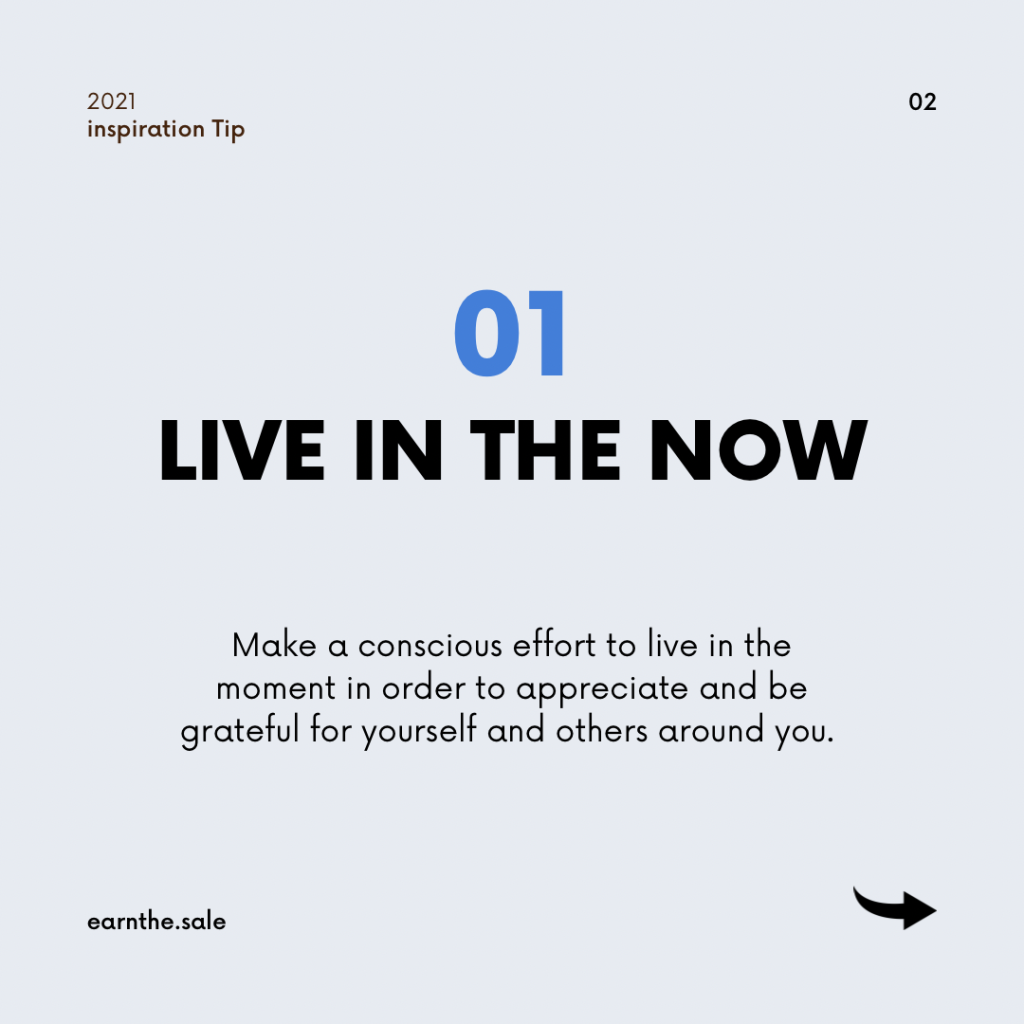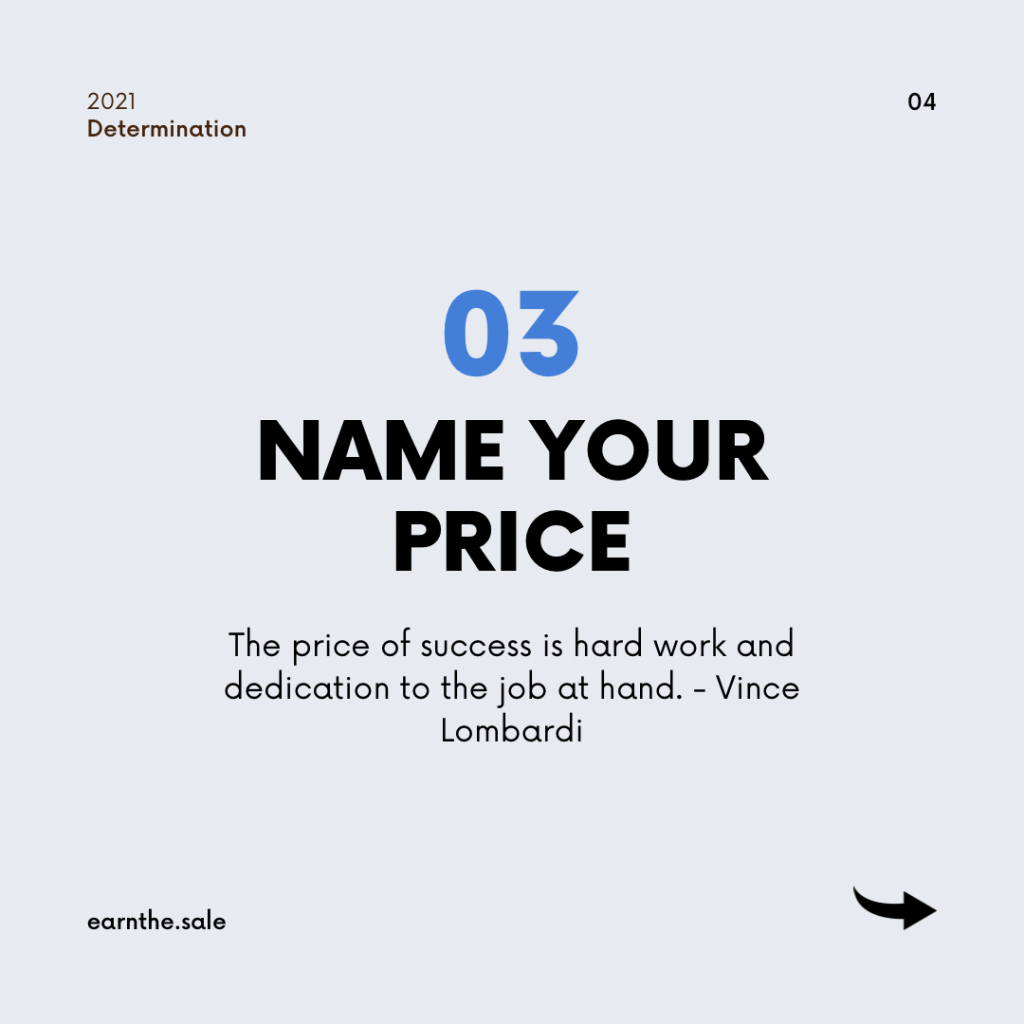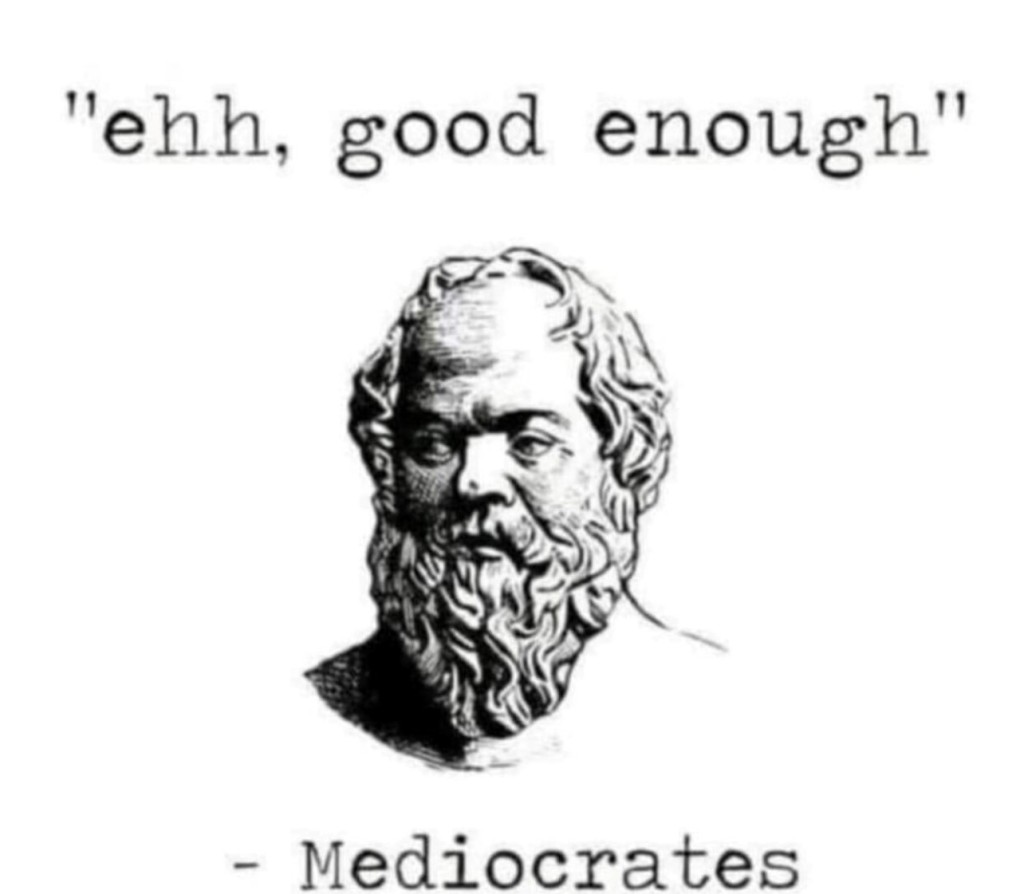
Over the next 5 weeks, I will be following up on a post that I made here and diving deeper into each weekly and daily objective. My hope is that this helps you on your sales journey to finishing BIG for 2023 and beyond!
Week 2: Developing a Sales Plan
Day 6: Identifying Your Target Audience and Their Pain Points
Task: Define your target audience and understand their pain points and challenges. Develop strategies to address these pain points effectively with your product or service.
Mark, a sales professional that I recently had the opportunity to work with in the tech industry, realized that his target audience was small businesses struggling with outdated software systems. I encouraged him to conduct more targeted research, and he found that these businesses were facing productivity losses due to system crashes. He tailored his sales approach to focus on how his software solution could alleviate this pain point and improve their efficiency. Prior to this exercise, Mark was leading with his product features and capabilities, rather than asking good questions around a defined buyer persona.
Oftentimes, buyer/user personas have been defined by marketing departments, as this guides where investments are made and where to find the appropriate audience. I’ve worked with some companies where there was a disconnect between marketing’s idea of who an ideal customer is, and what sales finds in the field. This is why it is imperative that marketing and sales keep open lines of communication to drive efficiencies in marketing dollars and put sales in a better position to pull the right customers through.
Takeaway: Understanding your target audience’s pain points allows you to position your product or service as a solution to their problems, increasing the likelihood of successful sales interactions.
Application: Create buyer personas that outline your ideal customers’ characteristics, challenges, and goals. Develop messaging that directly addresses their pain points and offers solutions.
Day 7: Crafting Your Unique Selling Proposition (USP)
Task: Define your unique selling proposition (USP) and devise strategies to effectively communicate it to potential customers.
There’s quite a bit of research and work to come up with a viable USP, which takes more time than I’ll cover here. However, defining your target customer and then composing your USP will make a big difference in your results. For example take Laura, a sales representative for a small business services firm located in Kansas City, discovered that her USP was the use of organic cleaning solutions, cruelty-free ingredients. She incorporated this into her sales conversations and marketing materials, highlighting how her products aligned with customers’ values.
Takeaway: A compelling USP sets you apart from competitors and gives customers a reason to choose your product or service.

Application: Craft a concise and compelling USP that highlights what makes your offering unique and valuable. Incorporate it into your sales pitches, presentations, and marketing materials.
Day 8: Tailoring Your Sales Approach
Task: Develop a flexible sales approach that can be tailored to different types of customers and various situations.
The initial approach is much different than the sales presentation. The latter is always tailored to a prospect’s unique problems and needs. The sales approach is much earlier in the process and is what leads to getting an appointment or at least an agreement to spend more time with the prospect. James, a sales professional selling office furniture, realized that his approach needed to differ when dealing with small businesses (typically less than 50 employees) versus larger businesses (typically businesses with 100–1000 employees). For small businesses, he focused on cost-effectiveness and scalability, while for larger businesses, he emphasized quality and customization.
Takeaway: Adapting your sales approach based on your audience’s preferences and needs enhances your ability to connect and resonate with potential customers.
Application: Create multiple sales scripts or approaches that can be customized for different customer segments or scenarios. This ensures you’re prepared for a variety of interactions.
Day 9: Utilizing Data and Analytics
Task: Incorporate data and analytics into your sales plan. Leverage insights from previous sales performance and customer behavior to inform your strategies.
The opposition to using a CRM system as a sales tool rather than a repositor for useless data still baffles me. Granted, some sales managers do not help with some of the mandates for information to be included, as the problem with this approach is that it often leads to putting garbage in thus getting garbage out. My recommendation to inputting account info into a CRM is to use what I call the W.I.N. method. A simple acronym that helps with putting information in that is useful and actionable.
- W. What was discussed in the conversation. Provide as much detail as necessary to be able to pick up in the next conversation immediately where you left off in the last. I have been on many ride-alongs where a rep covers a lot of information that has been covered numerous times before. This is a sure way to getting resistance in the future when asking for another appointment. When you stop wasting a prospects time you’ll notice that you begin to get more of it!
- I. Insights covered or insights gained in the conversation. Did you learn about a new way that they could possibly use your service or product? Did you uncover another influencer that could push a potential deal along? Did you learn about a competitor and how their product is being perceived as difficult to use or implement?
- N. Next-time will be the plan of conversation during the next visit. Planning this ahead of time with help make the most of the time a prospect has. This approach can lead to becoming a valued resource rather than just another sales annoyance of a prospects day.
Takeaway: Data-driven decision-making allows you to fine-tune your strategies and focus on what works best for your audience.
Application: Regularly review sales data to identify patterns and trends. Use these insights to refine your approach, allocate resources effectively, and identify areas for improvement.
Day 10: Reviewing and Updating Your Sales Plan
Task: Establish a process for consistently reviewing and updating your sales plan to ensure its ongoing relevance and effectiveness.
Takeaway: A sales plan should be dynamic, evolving with changes in the market and your customers’ preferences.
Application: Set up regular checkpoints to evaluate your sales plan’s performance. Consider factors such as market trends, customer feedback, and competitive landscape to determine necessary updates.
Developing a well-defined sales plan is essential for maintaining focus and organization while pursuing your sales goals. By identifying your target audience’s pain points, crafting a compelling USP, tailoring your sales approach, leveraging data and analytics, and regularly reviewing your plan, you can stay adaptable and effective in a dynamic sales environment. Remember that a successful sales plan is not a static document but a living strategy that evolves to meet the needs of your customers and the market.
Stay tuned for a follow up post breaking down the strategies and tactics for Week 3: Building Relationships with your Customers. Till then, I hope Week 2 brings a new level of confidence and focus on your path to finishing 2023 BIG!














